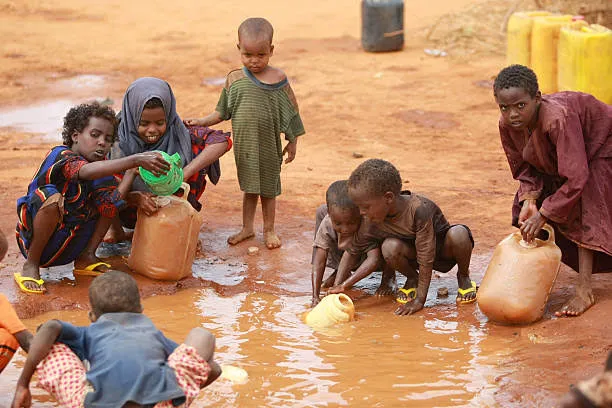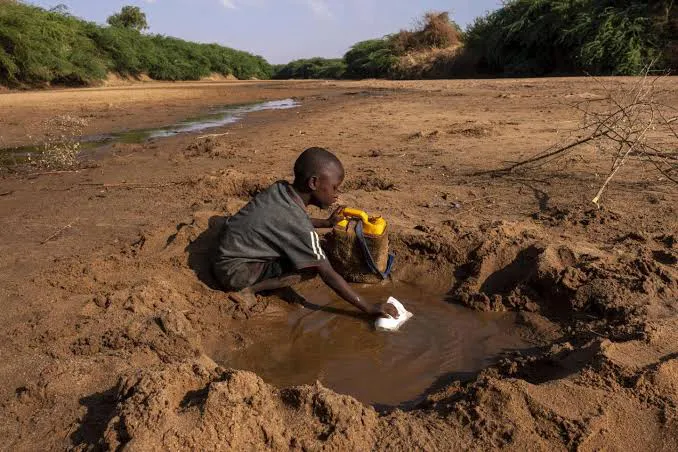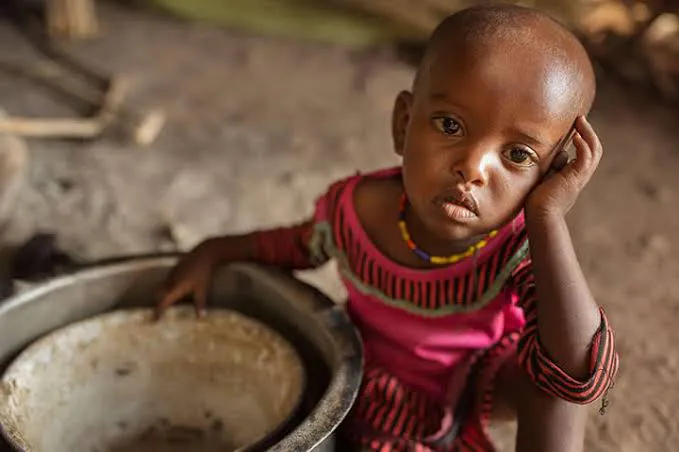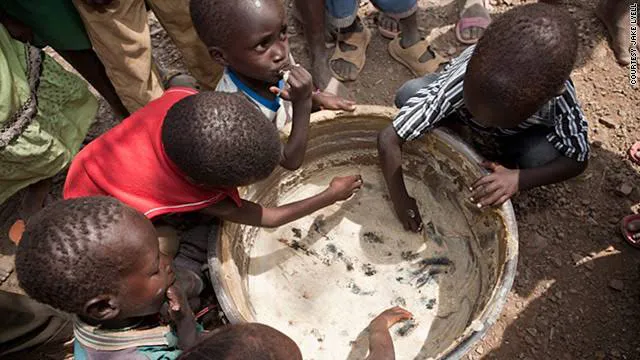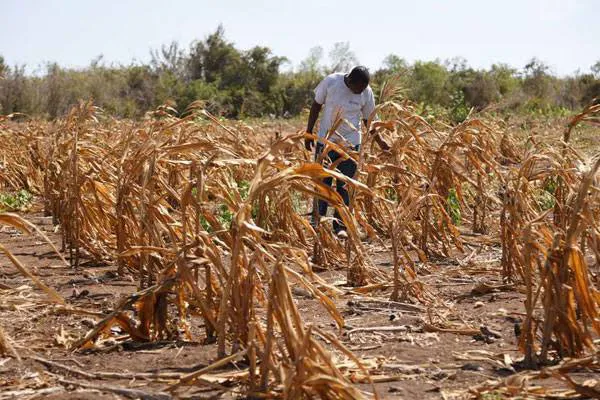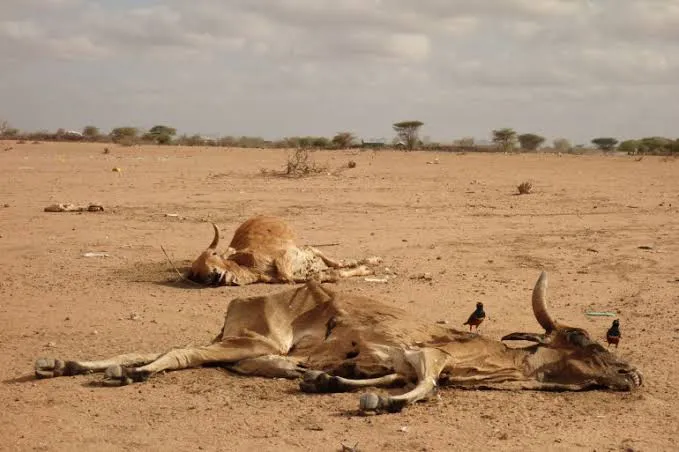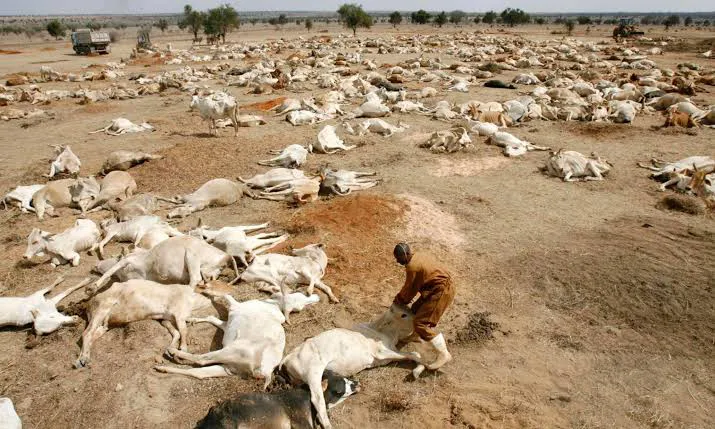Travelers through Isiolo are enveloped in a whirlwind of screaming brown dust. In the previous few weeks, 11 people were said to have died over a 10-day period in and around the town in northern Kenya.Drought-baked ground and a dust-choked atmosphere still carry the Covid pestilence. If they weren't so very contemporary, the murder and suffering would seem biblical.
On the other side of the continent, where climate change and overgrazing have accelerated the Sahara desert's southern expansion into Mali, Niger, and northern Nigeria, they have already taken place.In fact, there has been an increase in violence, particularly from Islamic extremists, along with an expanding desertification in the Sahel and the Maghreb.The killings in the north of Kenya are not (yet) motivated by neo-religion. However, many of the same elements that have ignited the Sahel are fueling increased insecurity in a nation that has always been regarded as the stable diplomatic and humanitarian centre in the Horn of Africa.
A ferocious crackdown by Kenyan police and other forces has resulted from the murder of numerous persons over the past two years, including two chiefs in Marsabit, 160 miles north of Isiolo town, and eight more in one incident last May not far from the regional seat.Police seized 200 machine guns, automatic rifles, and other weapons in a raid through Marsabit county in June, along with around 3,000 rounds of ammunition.Climate change is making Kenya's difficulties worse, just like in west Africa.The government and UN both agree that Kenya is currently experiencing its worst drought in 40 years. 3.3 million people lack access to enough water to drink, while more than four million people experience "food insecurity."This number increases to 11.6 million when considering the Horn of Africa.
The infamously dry town of Ileret is located on the northern side of Lake Turkana. However, the local nomadic pastoralists have done well throughout the years despite the challenging circumstances. Fresh pastures frequently sprout from the savannah when it rains, fattening their herds of camels and goats.Simply put, it hasn't for more than two years. According to CNN, almost 85% of the livestock in the Ileret area has died. Herds that are still alive are being pushed south in search of grazing.Those who are left behind have almost little to live on in any case.Living about 30 minutes north of Ileret in a manyatta (group of nomadic huts), Akuagok is a widow. It protects her six children's lungs from part of the desert wind but not much dust.She only eats once every three days, and her ability to buy unground wheat to make chapattis out of by hand-grinding it with a stone and adding water rests on her ability to sell charcoal in Ileret.
The price of food has tripled in Ileret since Russia invaded Ukraine on February 24 of this year. In the past, Ukraine produced 17% of the world's exported corn and 11.5% of the world's exported wheat. Kenyan staple food is maize flour, often known as ugali. For most people in Kenya, the cost of ugali has increased by at least a factor of two.
The quality of Akuagok's life won't change much even if it rains in Ileret. She has no more animals, and food prices are not likely to decrease significantly. 40% of the wheat used by the World Food Programme of the United Nations, which may intervene, comes from Ukraine. In order to prevent disaster, the UN's Food and Agricultural Organization is requesting $172 million in aid for the Horn of Africa. But asthe war in Ukraine continues, that figure will likely climb.
Drought, rising food and fuel costs brought on by a far-off conflict, a growing population, and nearby civil wars are a volatile combination.And that might be terrible news for humanitarian efforts that rely on Kenya's ports and relative quiet as a base of operations and crucial location for logistics in neighboring Somalia, Ethiopia, and South Sudan.And as the repercussions of climate change manifest in Kenya, children suffer from malnutrition, and their moms deteriorate as a result of the difficult struggle for survival of pastoralists and nomads, this formerly stable region is demonstrating few evidence that it can manage on its own.
References
https://edition.cnn.com/2022/08/02/africa/kenya-drought-insecurity-intl-cmd/index.html
